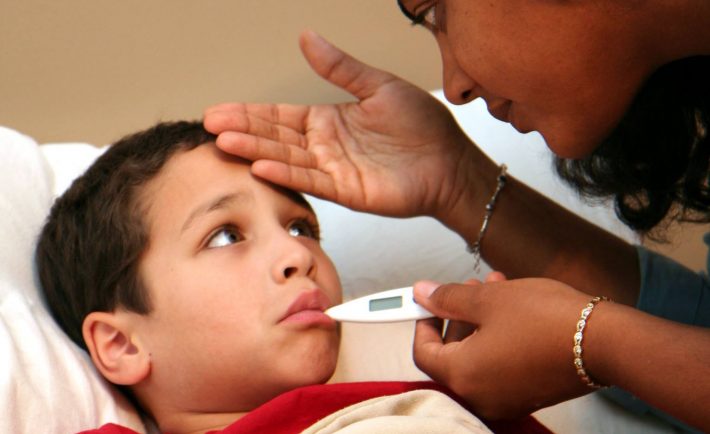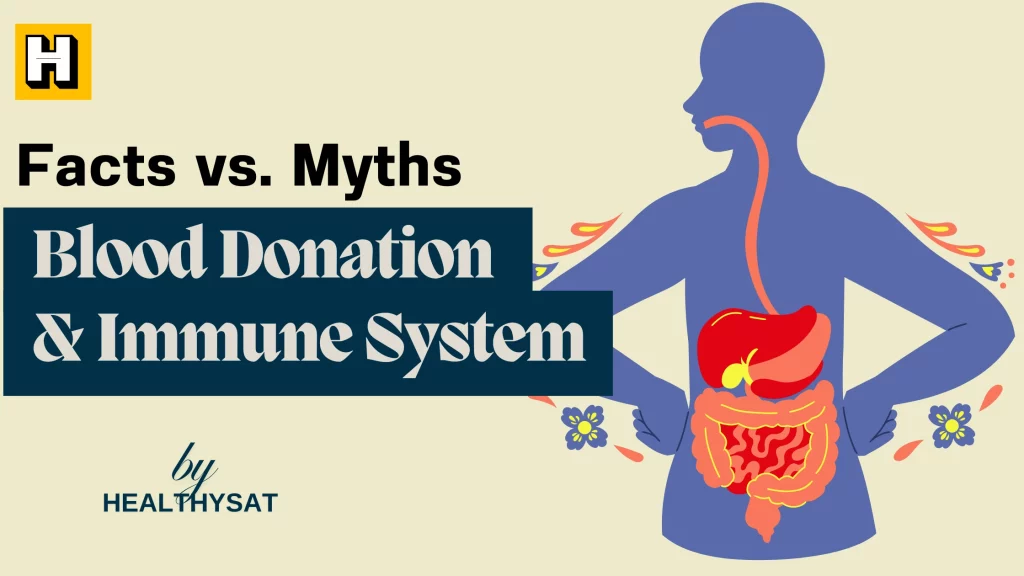Malaria and typhoid are two common tropical diseases prevalent in many parts of the world. These diseases can cause significant harm to the human body if not treated promptly. The symptoms of both diseases can be quite similar, making it difficult to differentiate between them. This article will discuss the differences and similarities between malaria and typhoid symptoms.
What is Malaria?
Malaria is a disease caused by the Plasmodium parasite, which is transmitted to humans through the bites of infected mosquitoes. The disease is prevalent in tropical and subtropical regions, including Africa, Asia, and South America. Malaria can cause severe illness and death if left untreated.
Malaria Symptoms
The symptoms of malaria can vary depending on the severity of the disease. Some common symptoms of malaria include:
- Fever
- Chills
- Headache
- Muscle pain
- Fatigue
- Nausea and vomiting
- Diarrhoea
- Jaundice
- Anaemia
- Seizures
These symptoms usually occur 10 to 15 days after being bitten by an infected mosquito. However, in some cases, the symptoms may not appear for several weeks or even months.
What is Typhoid?
Typhoid fever is a bacterial infection caused by the Salmonella typhi bacteria, and it is transmitted to humans through contaminated food or water. The disease is prevalent in developing countries with poor sanitation and hygiene conditions.
Typhoid Symptoms
The symptoms of typhoid fever can be quite similar to those of malaria. Some common symptoms of typhoid include:
- Fever
- Headache
- Muscle pain
- Weakness
- Stomach pain
- Loss of appetite
- Diarrhoea or constipation
- Rash
- Abdominal distension
- Mental confusion
The symptoms of typhoid usually appear within 10 to 14 days after exposure to the bacteria. However, the symptoms may not appear for several weeks in some cases.
Differences Between Malaria and Typhoid Symptoms
While the symptoms of malaria and typhoid fever can be quite similar, there are some differences between the two diseases. Here are some key differences between malaria and typhoid symptoms:
- Fever: In malaria, the fever tends to be cyclical, with a high fever followed by a period of normal temperature. In typhoid, the fever is usually continuous and does not follow a cyclical pattern.
- Rash: A rash is more common in typhoid fever than in malaria.
- Stomach pain: Stomach pain is more common in typhoid fever than malaria.
- Jaundice: Jaundice is a common symptom of malaria, but it is not usually seen in typhoid fever.
- Anaemia: Anemia is a common symptom of malaria, but it is not usually seen in typhoid fever.
Similarities Between Malaria and Typhoid Symptoms
Despite the differences between the symptoms of malaria and typhoid fever, there are some similarities between the two diseases. Here are some key similarities between malaria and typhoid symptoms:
1. Fever: Both malaria and typhoid fever can cause a high fever.
2. Headache: Headache is a common symptom of both diseases.
3. Muscle pain: Muscle pain is a common symptom of both diseases.
4. Diarrhea: Diarrhea is a common symptom of both diseases.
5. Nausea and vomiting: Nausea and vomiting are common symptoms of both diseases.
Treatment
Both malaria and typhoid fever require prompt treatment to prevent complications and death. The treatment for malaria usually involves antimalarial medication, such as chloroquine, mefloquine, or artemether-lumefantrine. The choice of medication depends on the severity of the disease and the type of malaria parasite causing the infection.
Treating typhoid fever usually involves antibiotics, such as ciprofloxacin, azithromycin, or ceftriaxone. The antibiotic choice depends on the disease’s severity and antibiotic resistance patterns in the area.
Prevention
Prevention is the key to avoiding malaria and typhoid fever. Here are some tips to prevent these diseases:
Use insect repellent: Use insect repellent on exposed skin and clothing to prevent mosquito bites.
2. Wear protective clothing: Wear long-sleeved shirts and pants to prevent mosquito bites.
3. Use mosquito nets: Use mosquito nets over your bed to prevent mosquito bites while sleeping. Rinse cooking utensils before and after use.
4. Practice good hygiene: Wash your hands frequently before eating or preparing food.
5. Drink clean water: Drink only clean and safe water, and avoid ice from contaminated water.
Conclusion
Malaria and typhoid fever are two tropical diseases that can cause significant harm to the human body if left untreated. The symptoms of these diseases can be quite similar, making it difficult to differentiate between them. However, there are some key differences between malaria and typhoid fever symptoms. It is important to seek prompt medical attention if you suspect you have been infected with either of these diseases. Prevention is the key to avoiding these diseases, so take the necessary precautions to protect yourself from mosquito bites and contaminated food and water.
FAQs:
Q1. Can malaria and typhoid fever occur at the same time?
A1.Yes, it is possible to have both malaria and typhoid fever simultaneously. However, this is rare.
Q2. Is it safe to travel to areas where malaria and typhoid fever are prevalent?
A2. It is generally safe to travel to these areas as long as you take the necessary precautions to prevent these diseases.
Q3. Are there any vaccines available for malaria and typhoid fever?
A3.Yes, there are vaccines available for both diseases. The malaria vaccine is not yet widely available, but the typhoid vaccine is recommended for travellers to areas where the disease is prevalent.
Q4. Can malaria and typhoid fever be transmitted from person to person?
A4. No, these diseases are not usually transmitted from person to person. Malaria is transmitted through the bites of infected mosquitoes, while typhoid fever is transmitted through contaminated food or water.
Q5. What are the long-term effects of malaria and typhoid fever?
A5. Both diseases can cause long-term health problems, including anaemia, organ damage, and cognitive impairment.







